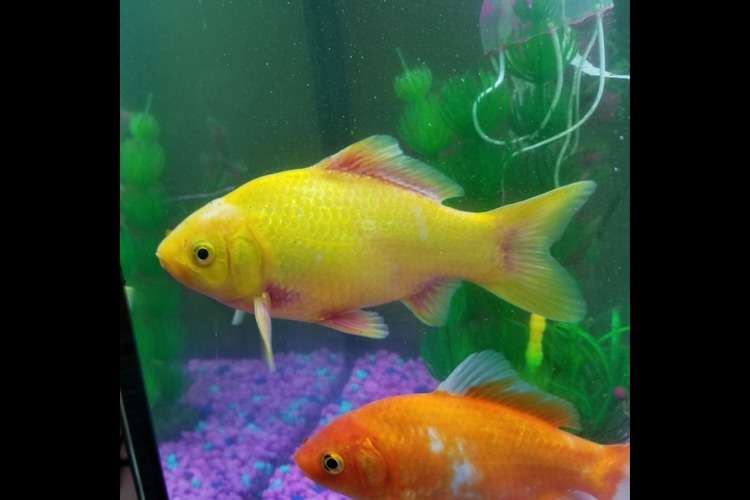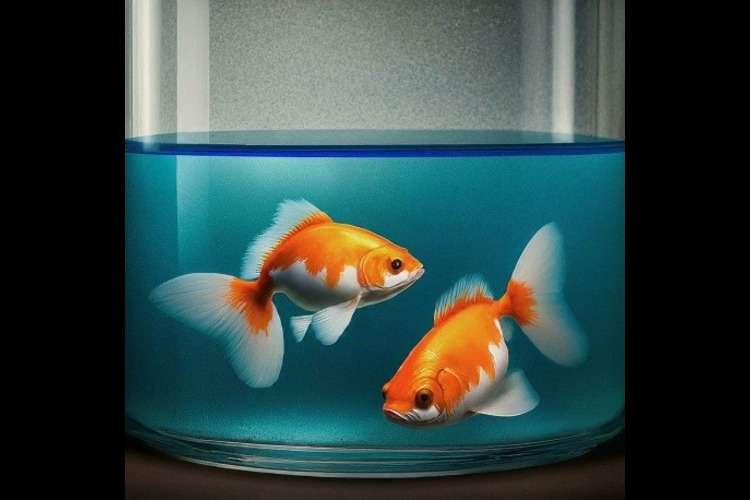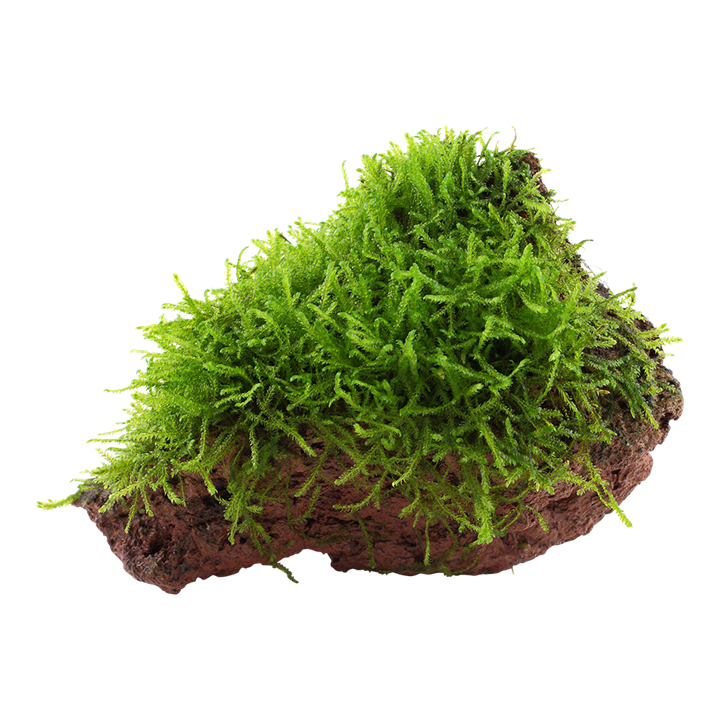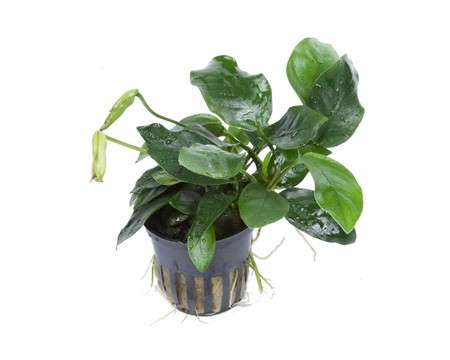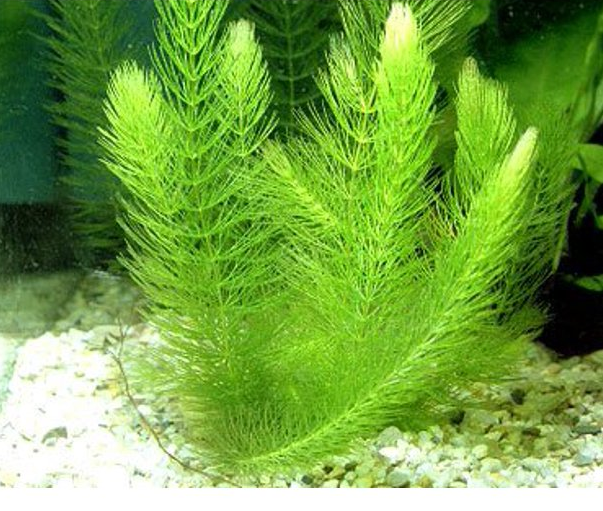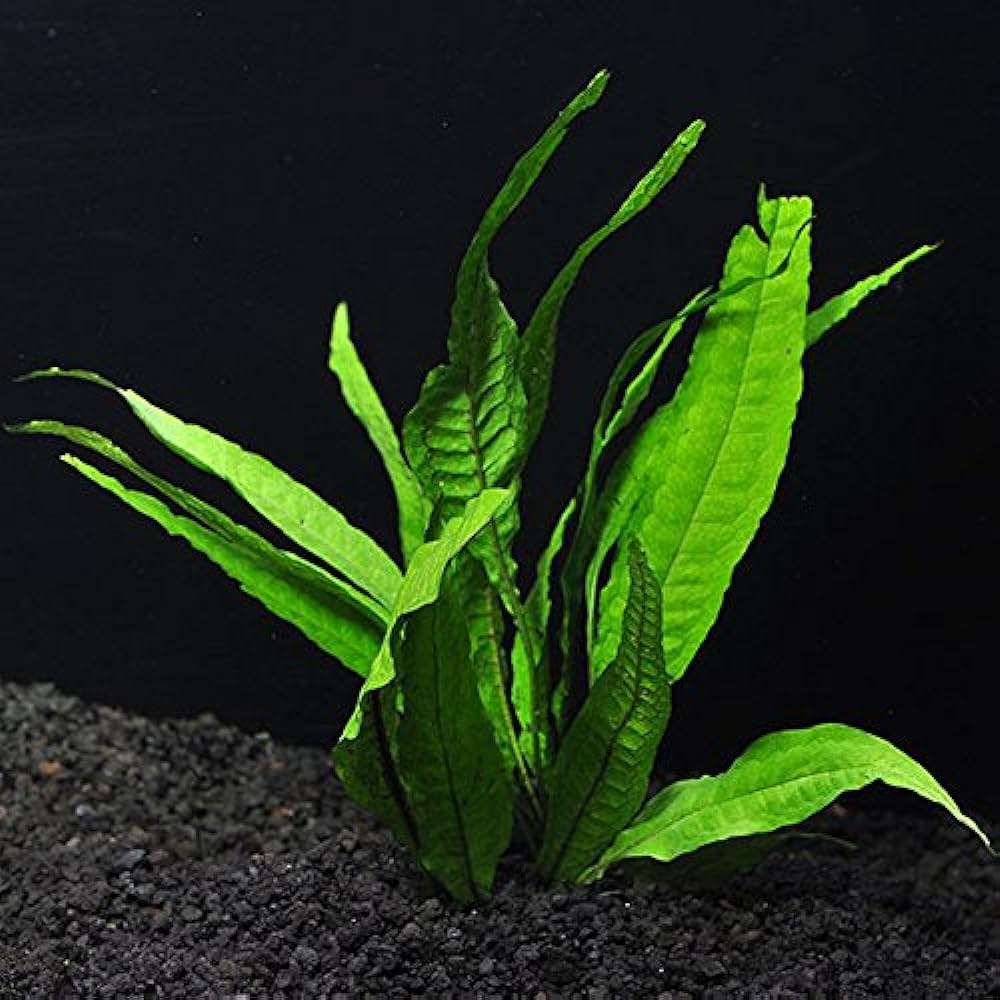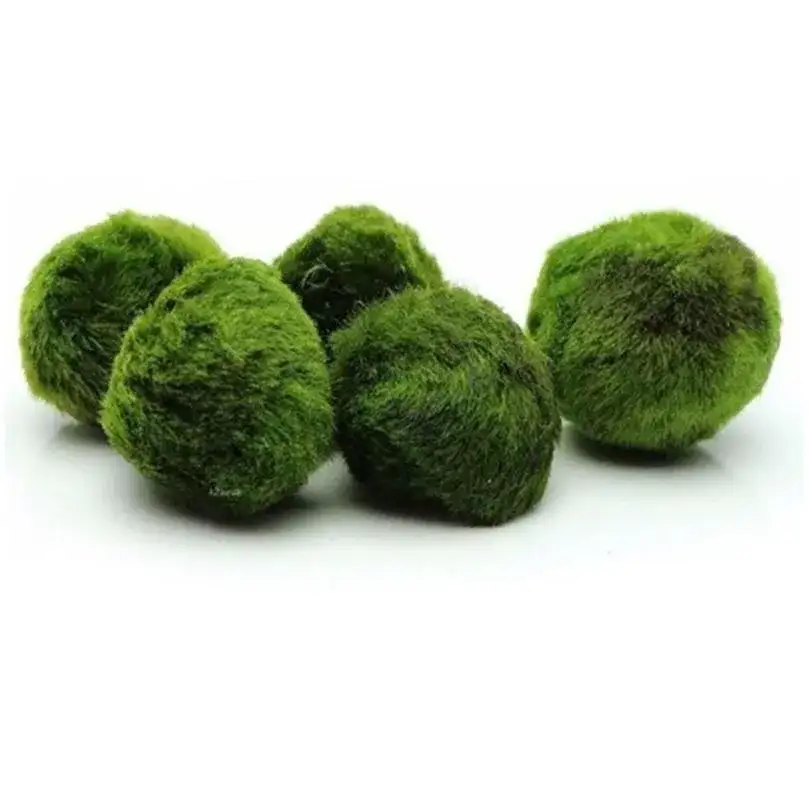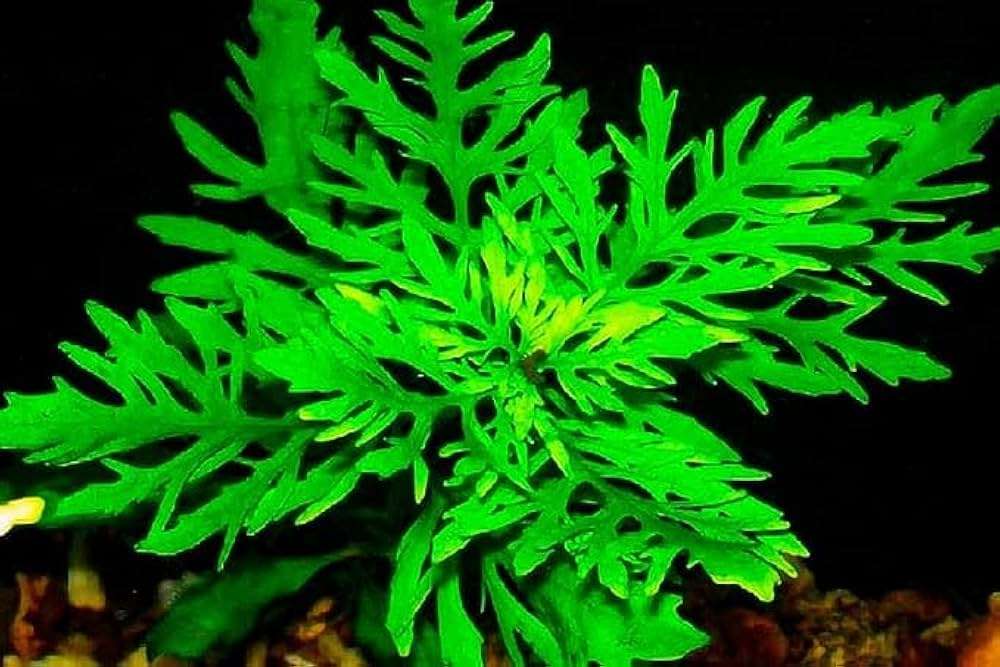Safe Guide to Introducing New Fish in Your Aquarium
Learn the essential steps to safely introduce new fish to your aquarium, from quarantine and acclimation to reducing stress and ensuring compatibility for a thriving, peaceful tank environment.
Table of Contents
- Quarantine New Fish
- Check Water Compatibility
- Slow Acclimatizing
- A Careful Time of Introduction
- Monitor Behavior Closely
- Provide Extra Food and Hiding Spots
- Additional Considerations for Tank Harmony
- Faq
- Conclusion
Quarantine New Fish
New fish must, without exception, be placed into a quarantine tank for at least 1-2 weeks. This period prevents the spread of disease or parasites to the existing fish. During this time, look for symptoms of possible illness, such as unusual behavior, discolored spots, or labored breathing. The quarantine tank must be equipped with proper filtration, heating, and hiding areas similar to those found in your main tank to decrease stress levels and make the fish feel comfortable.Tips
Use a sufficiently large tank and set it up with decor or plants to provide hiding places.
Do not add any chemicals other than water conditioners, unless you have to treat for specific health issues.
Check water quality and do partial water changes to maintain cleanliness in the quarantine tank.
Check Water Compatibility
Gauging water conditions such as pH, temperature, and hardness should strive to keep quarantine and main tank parallels. Fish are sensitive to sudden changes in water chemistry, where even slight fluctuations could elicit stress or some health issues. Each species has its specific water needs; therefore, research shall be undertaken to find the best water conditions for each new fish and reasonable compatibility with the established tank setup.Tips
Use an accurate test kit to keep tabs on water parameters in both tanks.
Make any adjustments to pH, temperature, or hardness slowly if required prior to fish transfer.
For particularly sensitive species, consider using a buffer or conditioner appropriate to their needs.
Slow Acclimatizing
After finishing up with the quarantine period, it's time to introduce fish to their new environment. Float the sealed bag containing your new fish in the main tank for 15 to 20 minutes, so that its temperature can be equal to that of bag water. Gradually add small amounts of tank water to the bag every 5 to 10 minutes. This is a slow process, allowing fish to get used to the water chemistry of the tank for an hour or so, thus avoiding shock.Tips
Don't rush the acclimation, especially for delicate species.
For very sensitive fish, use a drip method to introduce tank water into the bag over a longer period.
If adding several fish, separately acclimate them where possible, as this avoids overcrowding and stress.
A Careful Time of Introduction
After the acclimation period is complete, use a net to transfer the fish to the tank. Under no circumstances may bag water pour onto the tank, lest it carries unwanted contaminants. When you are introducing the new fish, do so in a quiet area of the aquarium where they can take immediate cover behind plants, rocks, or decor. Allow them to acclimatize at their own pace, as often this relieves the stress and makes them feel at home.Tips
Keep the lights dim or off during introduction in order to minimize stress.
Avoid introducing many new fish into the tank at the same time, as the combination of new fish and existing fish can stress out one and all.
If possible, introduce the fish in the evening while activity in the tank is generally low.
Monitor Behavior Closely
After introducing the fish, monitor them closely for signs of aggression, stress, or other behavioral issues. Existing fish may establish dominance or exhibit territorial behaviors, so it’s crucial to keep an eye out for any signs of bullying or stress. Provide plenty of hiding spots and plants to help reduce territorial disputes and give the new fish places to retreat if needed.Tips
Look for signs of stress, such as rapid gill movement, hiding, or fin clamping.
If aggressive behavior persists, consider rearranging the decor to disrupt territories.
Fish that show signs of injury or excessive stress may need to be removed and reintroduced later.
Provide Extra Food and Hiding Spots
New fish may feel shy or intimidated by their surroundings initially. To help them acclimate, add extra hiding spots like caves, plants, or ornaments. Providing multiple feeding zones can also prevent competition and make it easier for all fish to access food without stress. Gradually, as the new fish become more comfortable, they will start to explore more of the tank.Tips
Add additional plants or decor items to create hiding areas if your tank is sparsely decorated.
Try feeding at multiple spots around the tank to reduce competition and prevent aggression.
Observe each fish's eating habits to ensure they’re getting enough food.
Additional Considerations for Tank Harmony
Introducing new fish can sometimes alter the dynamic of your aquarium. To ensure a peaceful community, research the social behavior of each species, as some fish are naturally more territorial or require specific tank mates. It’s also important to consider the size, temperament, and activity levels of your fish, as this can influence compatibility.Faq
1.Why quarantine new fish?
To prevent diseases from spreading to existing fish.
2.How long should quarantine last?
1-2 weeks.
3.How do I match water parameters?
Test both tanks and adjust pH, temperature, and hardness slowly.
4.What’s the right way to acclimate fish?
Float the bag in the main tank, add tank water to the bag gradually over an hour.
5.Can I pour bag water into the tank?
No, use a net to transfer fish only.
6.Best time to introduce new fish?
Evening or with dim lights.
7.What should I monitor after adding new fish?
Look for stress or aggression, like hiding or fin nipping.
8.How can I reduce territorial behavior?
Add more hiding spots and rearrange decor.
9.What if new fish are too shy or won’t eat?
Add extra hiding and feeding spots. They’ll adjust over time.
10. Can new fish change tank dynamics?
Yes. Choose compatible species to ensure harmony.



